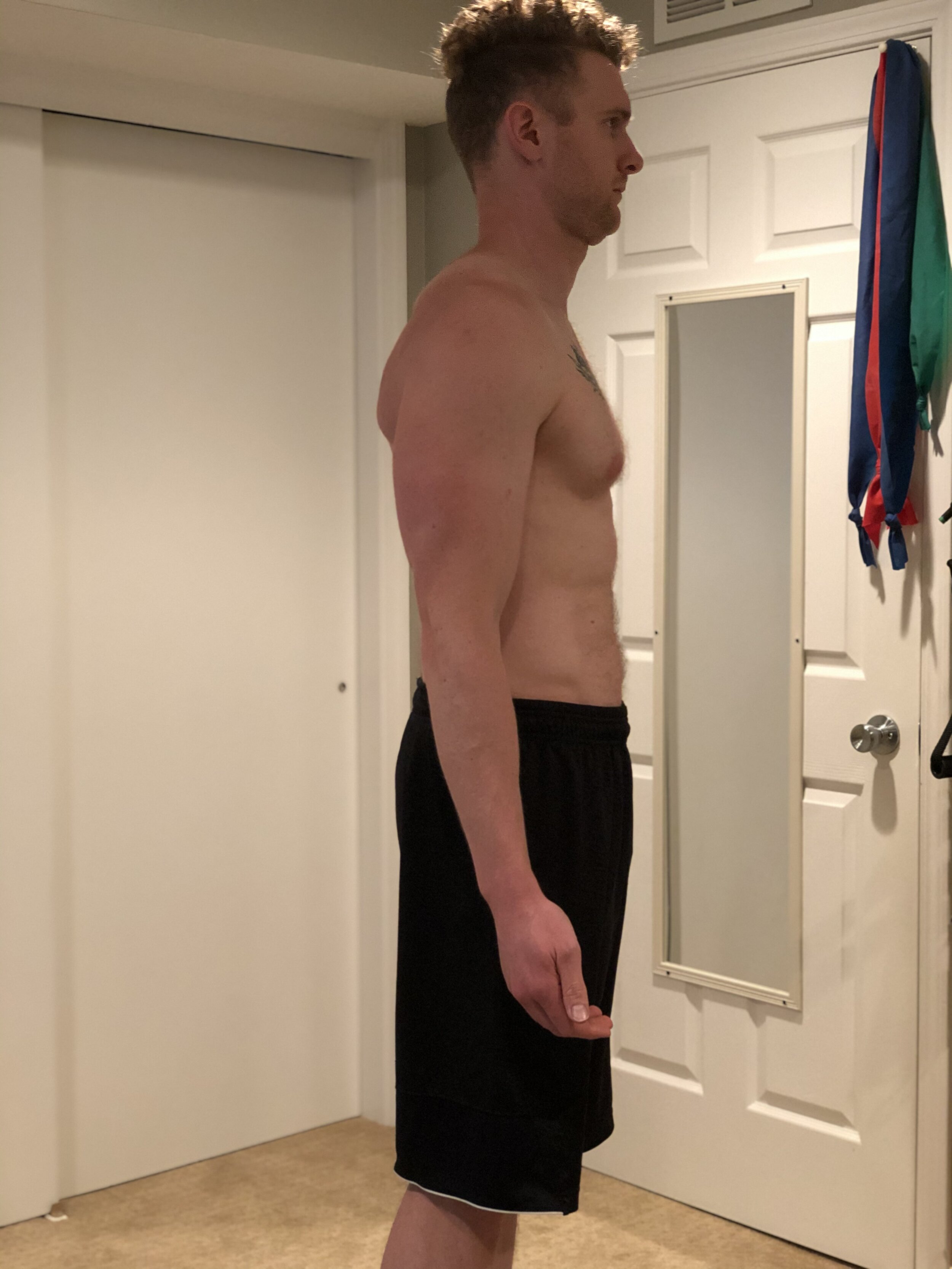Successful Movement Starts with ‘Getting Organized’
I’ve spent a lot of time discussing the “why” behind Stronger Physical Therapy + Performance, my treatment model, and the problem with healthcare today…. Now it’s time to get into physical therapy, mechanics, and how it/I can help you.
*Small disclaimer before I start. There is a reason “physical” is in the name of our profession, because it’s meant to be active. By and large, you should not be getting “physical therapied” by your provider. There are definitely times for hands on work (soft tissue, joint mobilization, dry needling, scraping, etc.), but if that is what makes up most of your treatment, do yourself a favor and find someone who will use hands on techniques to get you back to moving well but also emphasizes exercise and getting stronger.
Due to the massive amount of people working from home because of COVID-19, I think it’s appropriate to step way back and talk about positioning, specifically when it comes to the head/shoulders/spine/hips. It’s a principle that theoretically sounds simple, yet so many times my clients find it difficult, whether they are the average Joe or a high level athlete. Correct positioning looks like a straight line that connects your ear, middle shoulder, and hips. This is what I call getting yourself organized, or neutral bracing. Being organized through your spine will put you in an advantageous position to move at your hips and shoulders in the best way possible.
The setup is pretty simple; tuck your chin slightly, activate your shoulder blades with arms at your side and thumbs forward (externally rotated position of the shoulder), 10-20% core activation which will help set the tone for hip position, and get that butt active. It may take some conscious thought initially, but should become a habit where you are able to maintain this position whether you’re standing, sitting, squatting, etc.
That was the easy part. The difficult part is maintaining that position for long periods, and better yet going through dynamic movements keeping good midline organization. Also, keep in mind the position you default to at work/home will often times be the position you show up with at the gym. Your body can compensate for poor positions quite well, but you are setting yourself up for disaster if you continue to poorly organize your spine at home/work and especially when trying to deadlift 300 lbs. off the ground at the gym.
Take some time and put it into practice. Getting organized should feel natural and not like a burden. Remember, setting yourself up for successful movement starts by putting your midline in the right position so your shoulders and hips can take the load.
Let’s Get Stronger!


